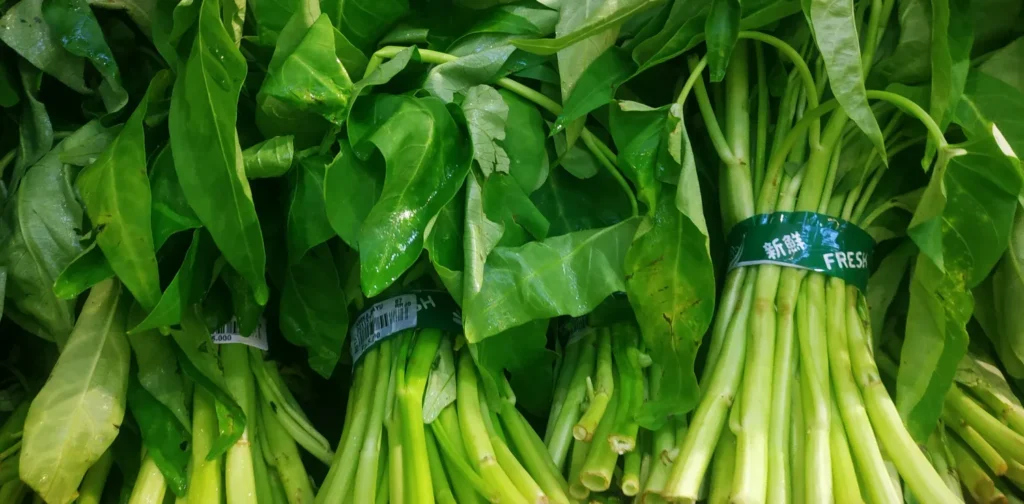Exploring Phytoremediation as a Soil Remediation Strategy

Photo:Mufid Majnun on Unsplash
Soil is a fundamental aspect of life, contributing to approximately 95% of food production and playing a key role in both land and ecosystem functions. However, rapid industrial development has led to increased waste discharge that can contaminate soil with heavy metals, pesticides, and other hazardous chemicals when unmanaged. Phytoremediation offers a possible solution, but will the plants remain safe to eat afterward?
Soil Remediation Strategies
Rampant pollution in our soil highlights the urgency for soil remediation to ensure its health and functions. Essentially, soil remediation is the process of ‘cleaning’ contaminated soil from pollutants. There are several soil remediation strategies, such as chemical methods that involve heat treatment, electroremediation, and chemical leaching processes, among others. However, these methods can be expensive and may pose a risk of reducing soil fertility.
Meanwhile, phytoremediation can be a more sustainable, cost-effective, and efficient option. This method involves using plants and associated soil microbes to reduce the levels or toxic effects of contaminants in the environment, particularly in soil and water. Depending on soil conditions, pollutants, and plant species, there are five mechanisms of phytoremediation: phytodegradation, phytovolatilization, phytoextraction, phytostabilization, and rhizofiltration. Rhizofiltration is typically used to remediate waters with low concentrations of pollutants.
Case Study: Water Spinach for Phytoremediation
Phytoremediation typically uses emergent and floating aquatic plants that grow easily in tropical climates. One example is water spinach or kangkung (Ipomoea aquatica), which is considered effective in managing liquid waste and absorbing nutrients in soil.
Through the rhizofiltration process, contaminants are absorbed from the water through the plant’s roots and then translocated to the upper parts of the plant—the stems, leaves, flowers, and petioles. The plant’s roots act as a filter, absorbing suspended materials and supporting microbial growth that helps remove nutrients from the water column.
While phytoremediation helps cleanse the soil, the metal contaminants absorbed by the water spinach accumulate overtime. Prolonged exposure to heavy metals disrupts the photosynthesis process in water spinach, affecting its growth and making its leaves turn yellow and wilt.
Ensuring Safe Consumption
Phytoremediation becomes a way to support ecosystem restoration through a natural solution. Still, in its implementation, we need to be careful to ensure the plants used in the process are not wasted and remain safe to eat. For instance, in the case of water spinach, a study shows that boiling the plant for 5 minutes was the most effective duration to reduce the lead content without significantly reducing its nutritional content.
As water, soil, and vegetables are essential elements of daily life, developing innovative solutions to address soil health is crucial to protect public health and global wellbeing. Further research on phytoremediation is needed to assess more types of plant effective for the process, as well as the plants’ edibility afterward.
Editor: Nazalea Kusuma & Kresentia Madina

Subscribe to Green Network Asia
Strengthen your personal and professional development with cross-sectoral insights on sustainability-related issues and sustainable development across the Asia Pacific and beyond.


 A Social Animal: Recognizing social connection as a pillar of health and wellbeing
A Social Animal: Recognizing social connection as a pillar of health and wellbeing  Launching a High-Level Commitment to Protect Climate-Resilient Coral Reefs
Launching a High-Level Commitment to Protect Climate-Resilient Coral Reefs  Floating Schools, a Community-based Initiative amid Bangladesh’s Climate Hazards
Floating Schools, a Community-based Initiative amid Bangladesh’s Climate Hazards  Promoting Healthy Aging with Age-Friendly Cities
Promoting Healthy Aging with Age-Friendly Cities  Six Projects Aim to Tackle Food Insecurity in the UK
Six Projects Aim to Tackle Food Insecurity in the UK  Nafas Indonesia and DBS Foundation Launch White Paper on Air Pollution and Pneumonia in Jakarta Toddlers
Nafas Indonesia and DBS Foundation Launch White Paper on Air Pollution and Pneumonia in Jakarta Toddlers